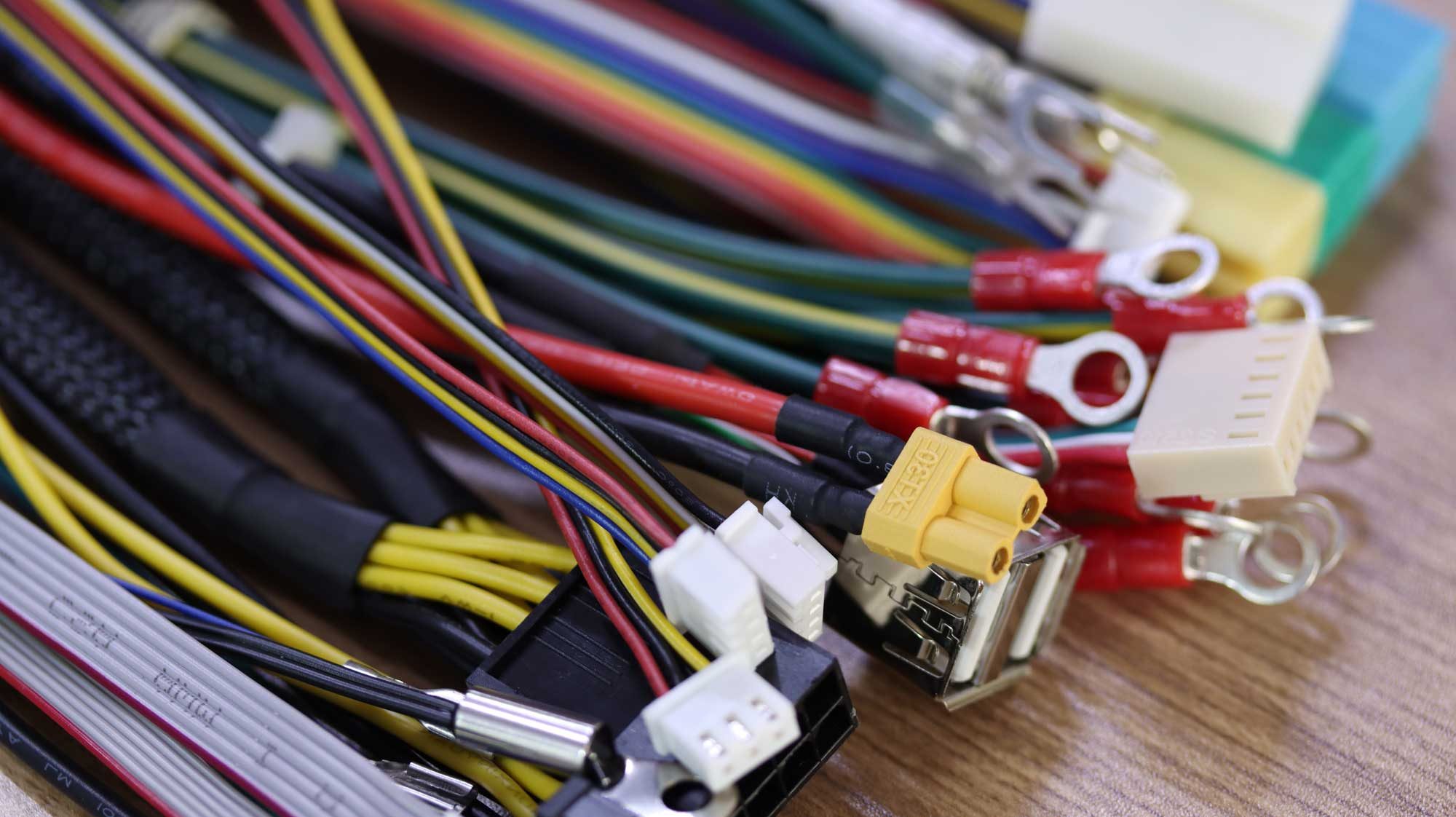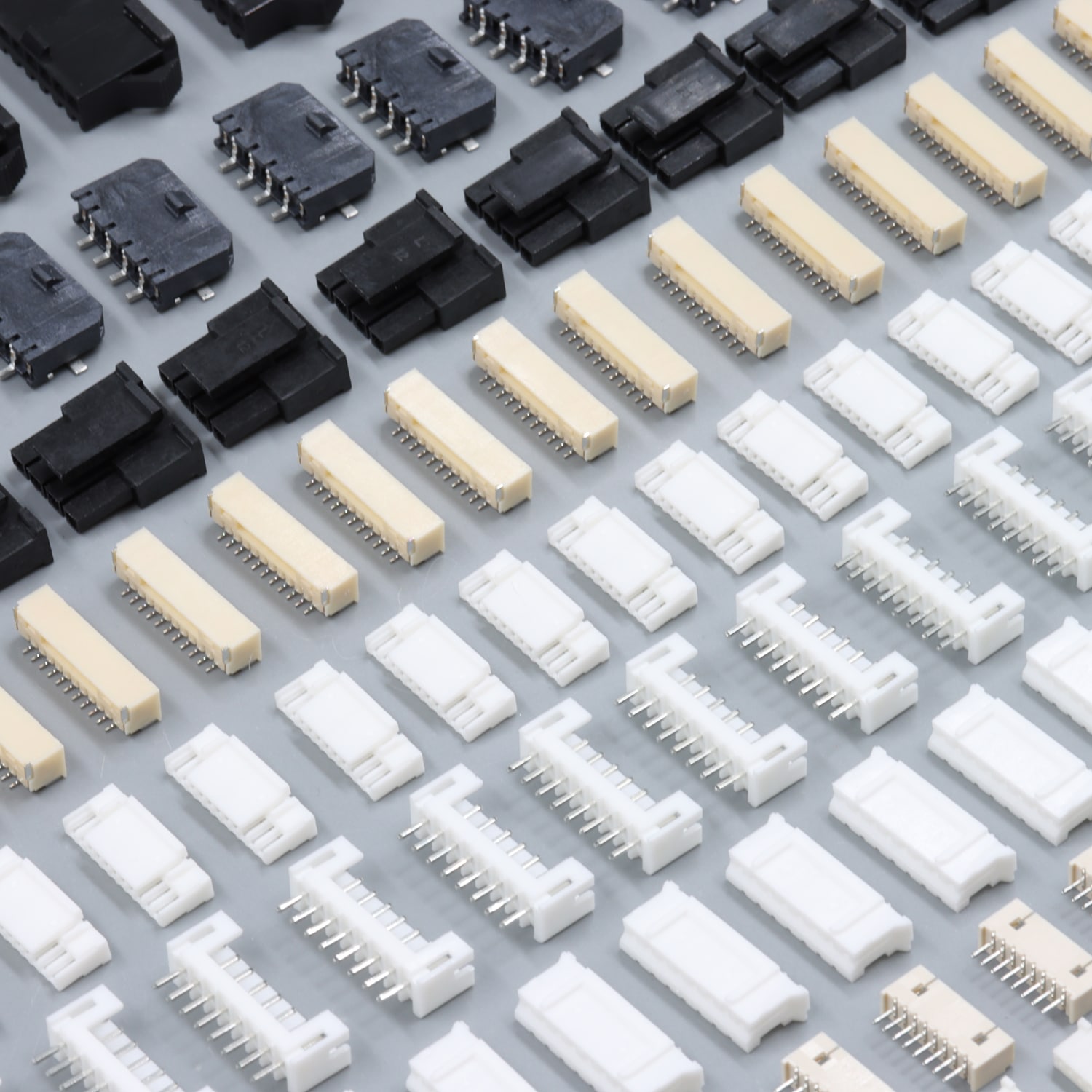1. What Is a Wire Harness?
A жгут проводов, also known as a кабельный жгут или wire assembly, is an organized bundle of electrical wires or cables that transmit power and signals within a device or system. These harnesses are essential in applications where space-saving, safety, and reliable connectivity are critical—especially in automotive, industrial, aerospace, medical, и consumer electronics.
2. Wire Harness Manufacturing Process
Wire harness manufacturing involves a series of carefully planned steps to ensure electrical performance, durability, and safety. Here’s a breakdown of the typical production process:
2.1 Wire Cutting
Wires are cut to precise lengths using automatic cutting machines.
Accuracy here ensures consistency in final assembly.
2.2 Stripping
The insulation at the ends is removed (stripped) without damaging the conductor.
Both manual and semi-automatic machines are used depending on volume and precision needs.
2.3 Crimping or Soldering
Terminals or connectors are attached using crimping (mechanical compression) or пайка.
Crimped terminals must pass pull-force and visual inspection tests.
2.4 Connector Assembly
Multiple wires are routed and inserted into plastic connectors or housings according to the wiring layout.
2.5 Harness Layout
Wires are arranged on a harness board or jig to replicate the final design, ensuring correct routing and dimensions.
2.6 Bundling and Protection
Wires are bundled using cable ties, heat shrink tubing, spiral wrap, or PVC sleeves.
Shielding or overmolding may be added for mechanical or electromagnetic protection.
2.7 Testing and Quality Control
Final harnesses undergo continuity testing, high-voltage testing, or visual inspection to ensure functionality and reliability.
 3. Key Materials Used
3. Key Materials Used
Conductors: Copper (tinned, bare, or stranded)
Изоляция: PVC, Teflon, XLPE, silicone
Разъемы: Molex, JST, TE, Hirose, custom types
Sleeving: Braided sleeving, PET, PVC tubing
Терминалы: Ring, spade, blade, or custom crimps
4. Applications of Wire Harnesses
Wire harnesses are used in almost every industry that involves electrical or electronic systems. Common application areas include:
| Industry | Application Examples |
|---|---|
| 🚗 Automotive | Dashboard wiring, engine bay harnesses, lighting |
| 🏭 Industrial Automation | Control panels, servo motor systems |
| ✈ Aerospace | Navigation systems, communication units |
| 🏥 Medical Devices | Diagnostic equipment, patient monitors |
| 💻 Consumer Electronics | Computers, TVs, gaming consoles |
5. Custom Wire Harness Solutions
OEMs and manufacturers often require индивидуальные жгуты проводов tailored to specific applications, involving:
Unique wire lengths and connector combinations
Specialized materials for heat, chemical, or abrasion resistance
High-current or high-speed signal transmission requirements
Labeling, barcoding, or traceability features
Partnering with an experienced wire harness manufacturer ensures design-for-manufacturing (DFM) support, faster prototyping, and scalable production.
6. Conclusion: Quality in Every Connection
Wire harness manufacturing is more than just bundling wires—it’s about creating reliable, efficient, and long-lasting electrical pathways. Whether you’re designing for a car, a robot, or a server, the quality of your wire harness impacts the performance of your entire system.
Looking for a trusted wire harness manufacturer?
👉 Свяжитесь с нами today to request a quote or discuss a custom solution.

